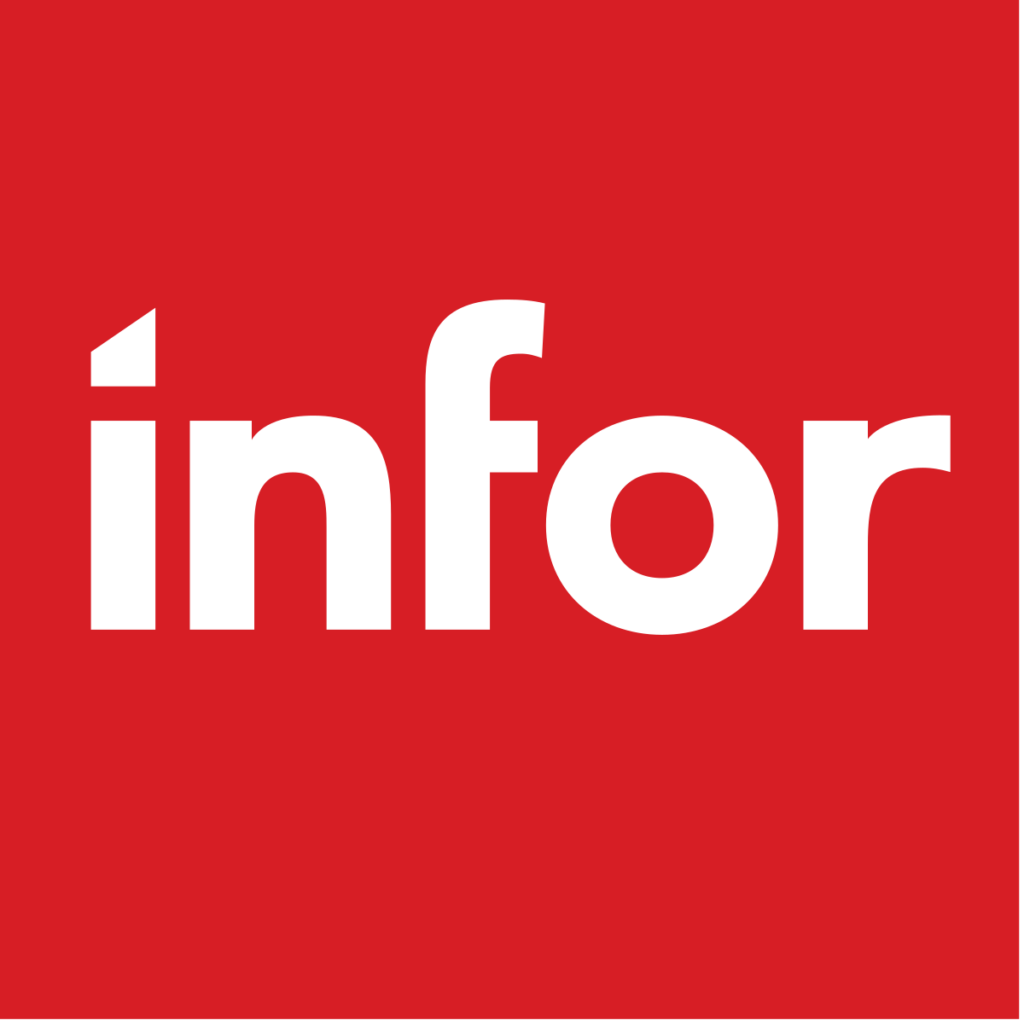
Dynamic Enterprise Performance Management (Infor EPM) is a cloud-based application that is wholly integrated with CloudSuite Financials. It provides a platform to manage the unified operations of planning, budgeting, forecasting, intercompany eliminations and consolidations. EPM offers real-time access to your consolidations processing activities and provides financial reports out of the box.

There are numerous benefits The Government of Barbados would realize from using EPM to manage its Consolidations processes.
Finance Owned Application
Customize Your Configuration
Consolidation Features
Delivered Reporting
EPM Budget & Planning
Infor Enterprise Performance Management (EPM) Budget and Planning allows you to create a financial plan that outlines the expected revenues and expenses for a specific period (e.g., month, year, etc.). You can create plan hierarchies, compare plans to forecasts and quickly adjust plans.
Budgeting & Planning is used to model the impact of different financial plans on the balance sheet and profit and loss accounts before submitting plans for approval. It is used in specialized business areas such as financial planning, capital planning, cash flow, and forecasting. These are integrated into Budgeting & Planning as sub plans and features that enable planning at a more detailed level than in the core financial model. For instance:
